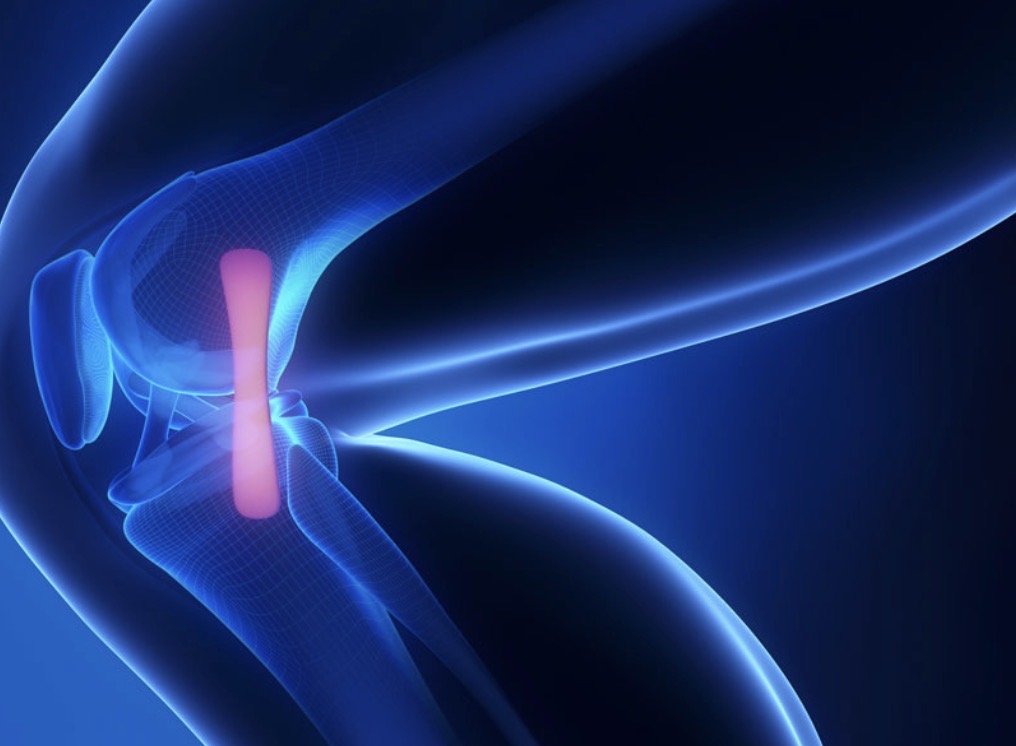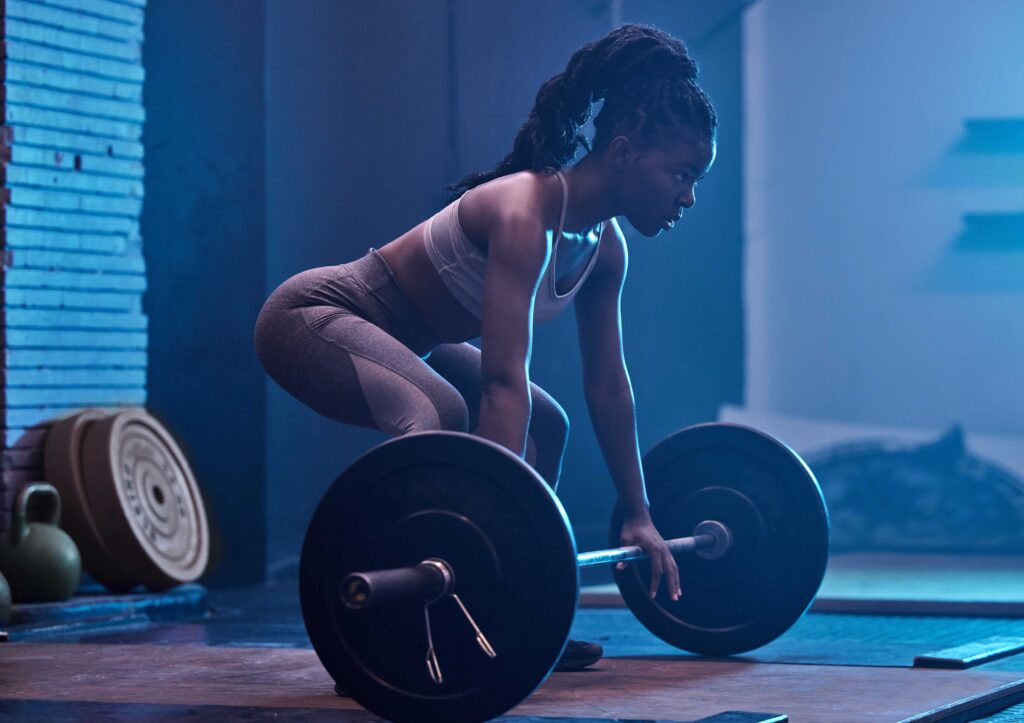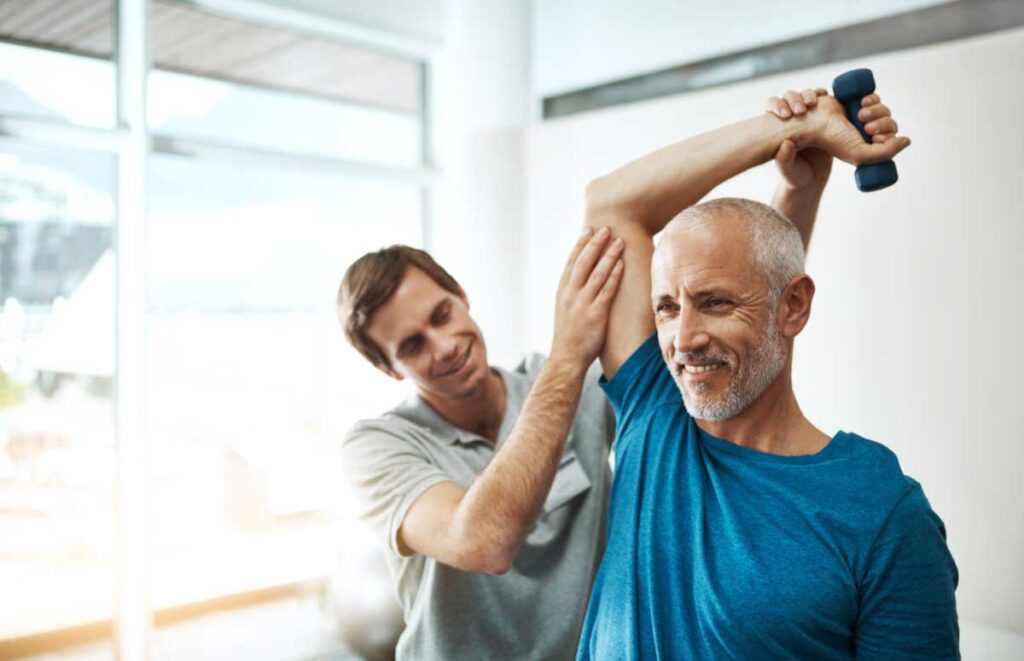Why Control Must Come First in Knee Rehab
Recovering from an ACL injury is not simply a strength journey — it is a neuromuscular re-education process. The ACL prevents the tibia (shin bone) from sliding forward and controls rotation at the knee joint. After injury or surgery, the body temporarily loses some of its proprioception — your brain’s ability to sense joint position and apply force safely. This is why rehab cannot skip steps. The nervous system must learn control again before we expose the knee to higher forces.
Why machine strength can feel like “fake progress”
In the gym, machines like the leg press or hack squat remove the stabilisation requirement. They guide your path. You can move heavy loads while bypassing the exact control your knee needs to return to sport.
People often return to the gym too early and jump straight into:
- heavy machine leg press
- hack squat stacks
- deep leg extensions with high load
…because those feel “safe”.
But this is how re-injury risk creeps in: you build force before you rebuild control.
What ACL rehab needs to prioritise first
Evidence-based ACL rehab begins with:
- single-leg stance control
- slow tempo squats + split squats
- step-downs with clean knee tracking
- proprioception + balance work
Only once bodyweight control is solid should you add:
- external resistance
- plyometrics
- reactive direction change
- rotational stress
Return to sport = rotation control
Rotation and cutting are the final stage of return. These are the exact forces that tore it. You “earn” your way back to them. In short: loading up machines doesn’t mean your ACL is ready. controlled bodyweight movement is the real proof of recovery.




